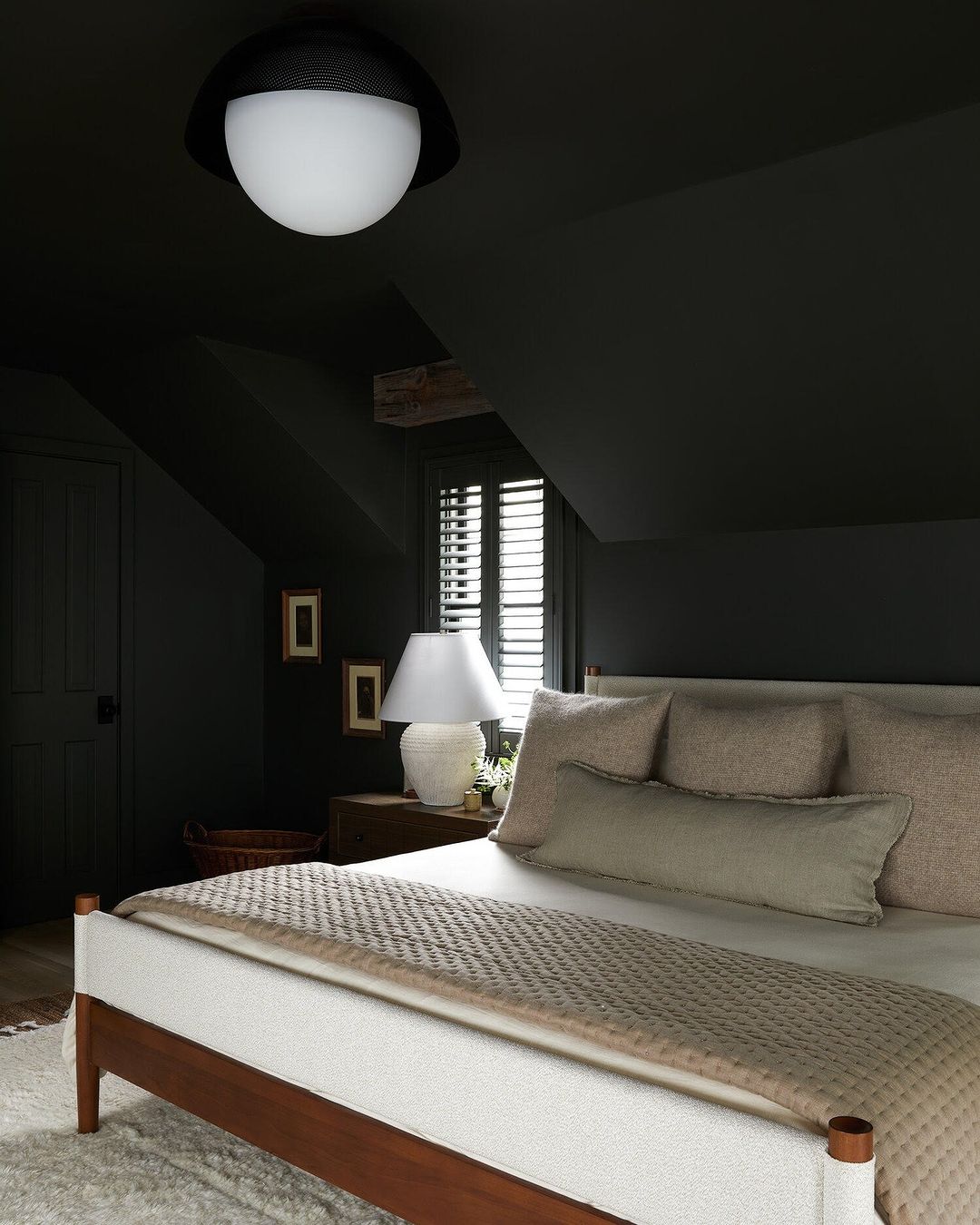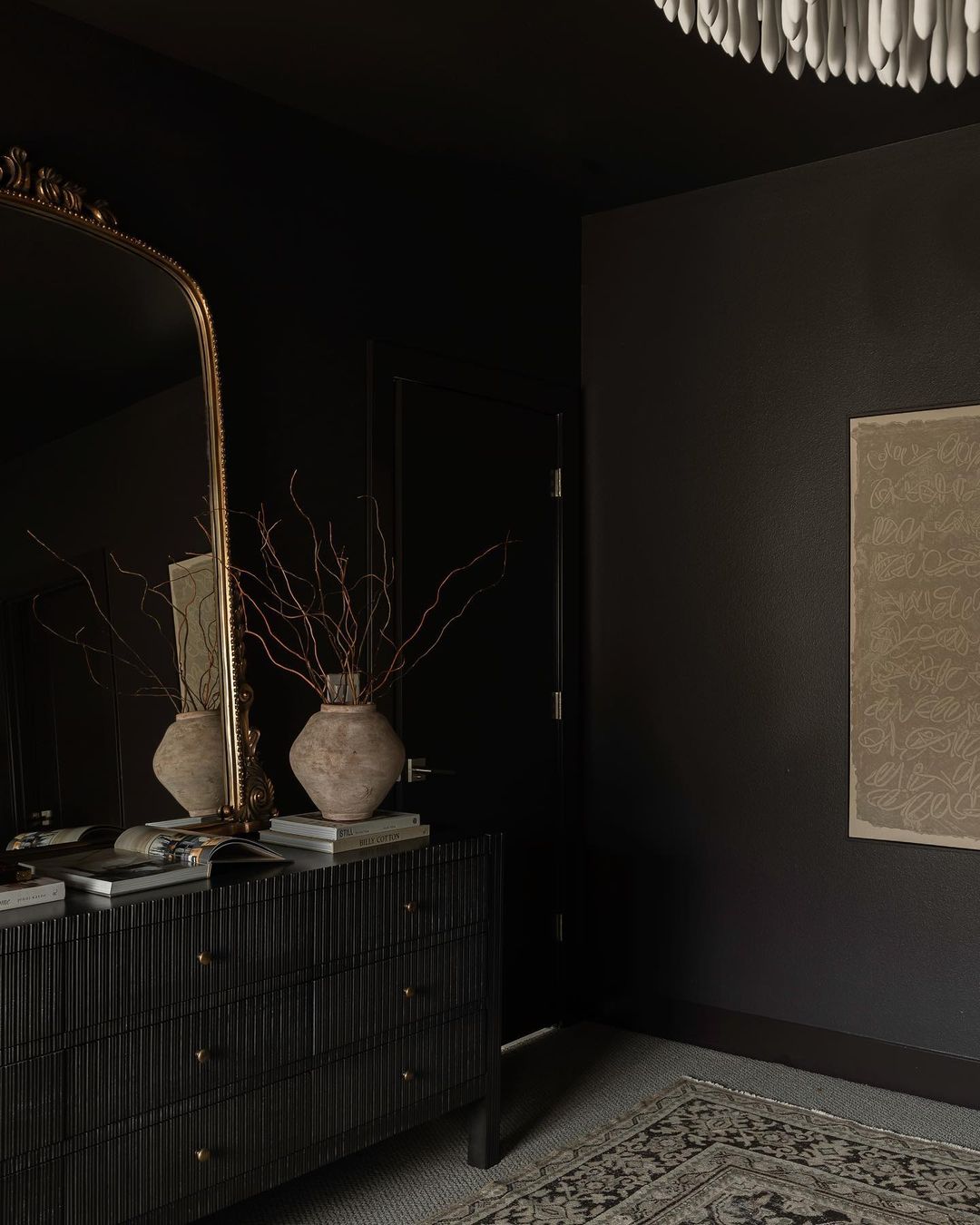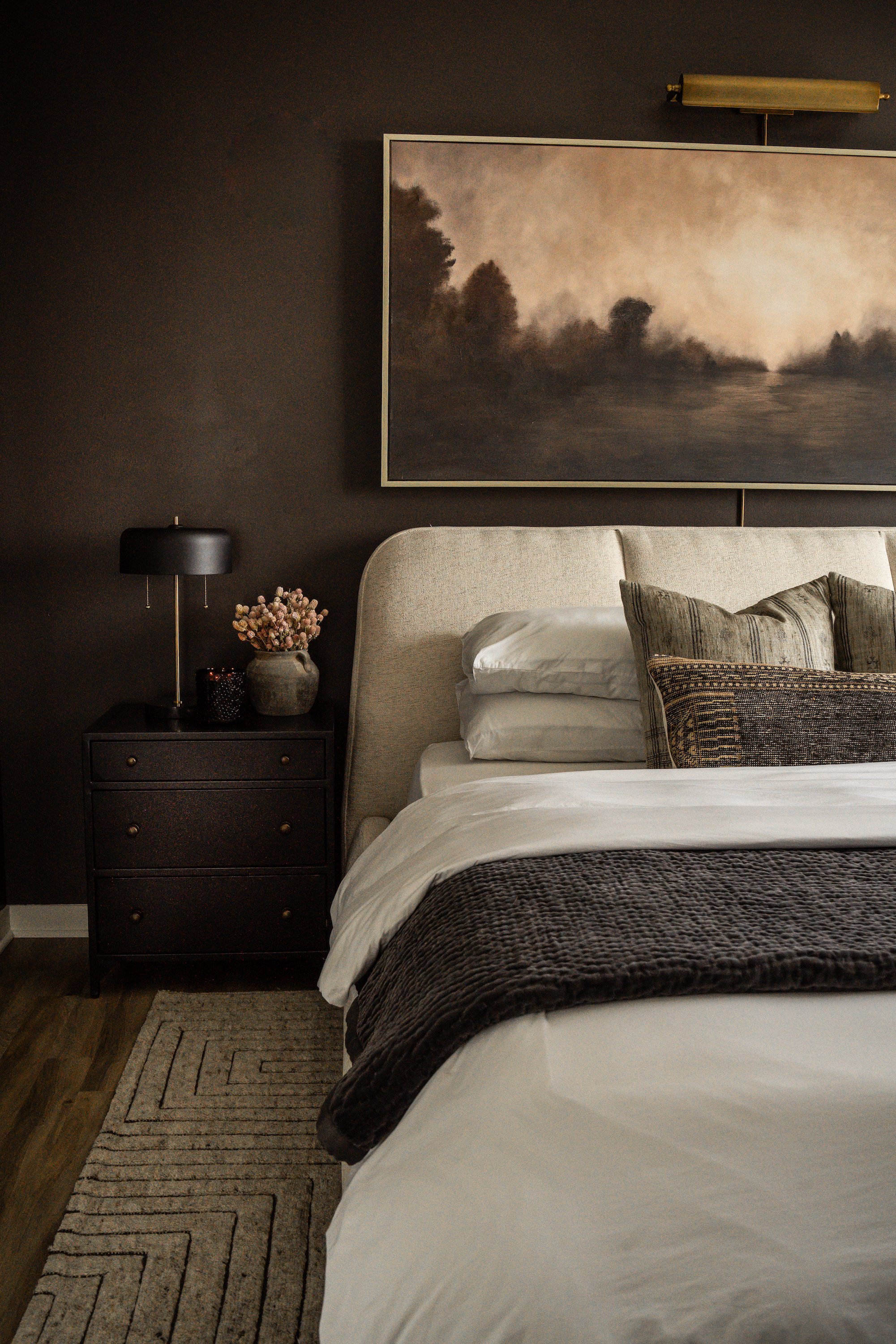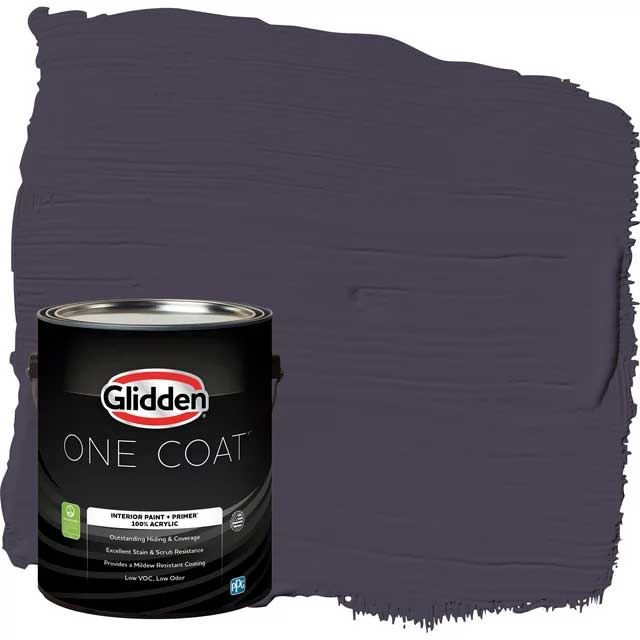5 Things People Never Tell You About Painting Your Walls Dark Colors
Good news: dark paint colors don't equate to dull, dingy, and dismal — but there are some drawbacks, too


There's aesthetic safety in bright white walls and light-toned paint colors. They're pretty predictable and easy to decorate around, yet there are grounds for why you should give dark colors a chance. There are a few things people never tell you about painting your walls dark colors, but a majority of them are positive.
Understanding these little-known points is the best step you can take if you're floating back and forth between sticking with a tried-and-true, off-white lacquer or something that feels like a bolder (dare we say risky) design decision. The leap from light to dark isn't as scary as you might think and these helpful ideas and myth-busting points might offer just enough reasoning to tip the scales in favor of an edgy midnight black or a deep, cocoa brown.
If you're slowly coming around to trendy dark paint ideas for walls, here are several considerations designers recommend you think about beforehand.
1. You Should Paint the Trim and Ceilings the Same Color

You may be familiar with the idea of painting ceilings and trims a separate color from your walls, but when it comes to darker shades, it can be more impactful to keep it the same.
'It makes a room look more cohesive and bigger,' says Seattle-based interior designer Ayesha Usman. 'I definitely like to keep the furnishings moodier too with accents of natural hues to bring in lightness and a layered look.'
It's understandable to assume that deep colors all around would be overwhelming, but with a little extra consideration in painting walls and ceilings the same color, it can look styled to perfection.
2. Lighting and Layers Can Elevate Dark Shades

While the dark color trend can be gorgeous, a few accents of a brighter palette can enhance your room. Creator Thomas Trust mentions that light-toned upholstery, linens and decor will stand out from dark walls and help them 'pop.' Additionally, 'layers of lighting are also super important; you'll want to softly illuminate corners and use different heights to add to the ambiance,' Thomas says.
The Livingetc newsletters are your inside source for what’s shaping interiors now - and what’s next. Discover trend forecasts, smart style ideas, and curated shopping inspiration that brings design to life. Subscribe today and stay ahead of the curve.
Use a multitude of different light fixtures and mix in pillows or drapes that are several shades lighter.
3. Dark Shades Can Make a Room Look Bigger

Think dark walls equate to cramped, dark and stuffy? Think again. As this space from Becky Shea Design shows, even slanted ceilings and smaller rooms can look larger than life with the right dark paint color.
Sarah Merenda, founder of Merenda Wallpaper notes that walls painted in dark tones 'can actually make a room appear larger in some cases.' If you're skeptical, she notes that 'darker hues can add depth and openness creating an optical illusion pulling your eye into the wall.' Consider it a little design magic.
4. Dark Walls Separate and Highlight

To prevent the most distinct details in a room from blending into the background, you can use dark colors to help them stand out. These shades 'enhance architectural features such as fireplaces, molding, decor, cabinets, and furniture,' says Merenda, giving them more definition. Not only that, but dark shades can help create 'zones' that may not physically exist in a room.
Merenda notes that 'dark accent walls can effectively divide space, especially in open floor plans like a flowing kitchen and living room, where you aim to create a visual separation while maintaining a cohesive feel.'
5. Dark Shades Show More Flaws

There is one cautionary point when it comes to dark walls, although it's likely not enough to make anyone want to avoid them altogether. 'Dark colors require more prep and imperfections are more obvious,' notes Artem Kropovinsky, interior designer and founder of Arsight.
When it comes to how to paint a room, 'you probably need extra paint coats for even coverage,' Artem adds. 'Plus, marks and dust show up easily, meaning more frequent cleaning.'
While it may take a little more attention to keep them in tip-top shape, the benefits and unique finish often make them worth it.

Melissa Epifano Varley is a freelance writer and editor who has covered interiors for a variety of publications. Most recently, she served as the global editor-in-chief for Real Homes. She has also contributed to Forbes, Apartment Therapy, The Spruce, People, InStyle, and more. When it comes to design, she covers trends, advice, house tours, and how-tos. She graduated with a Bachelor of Science in journalism and spends her free time writing, reading, and traveling.


